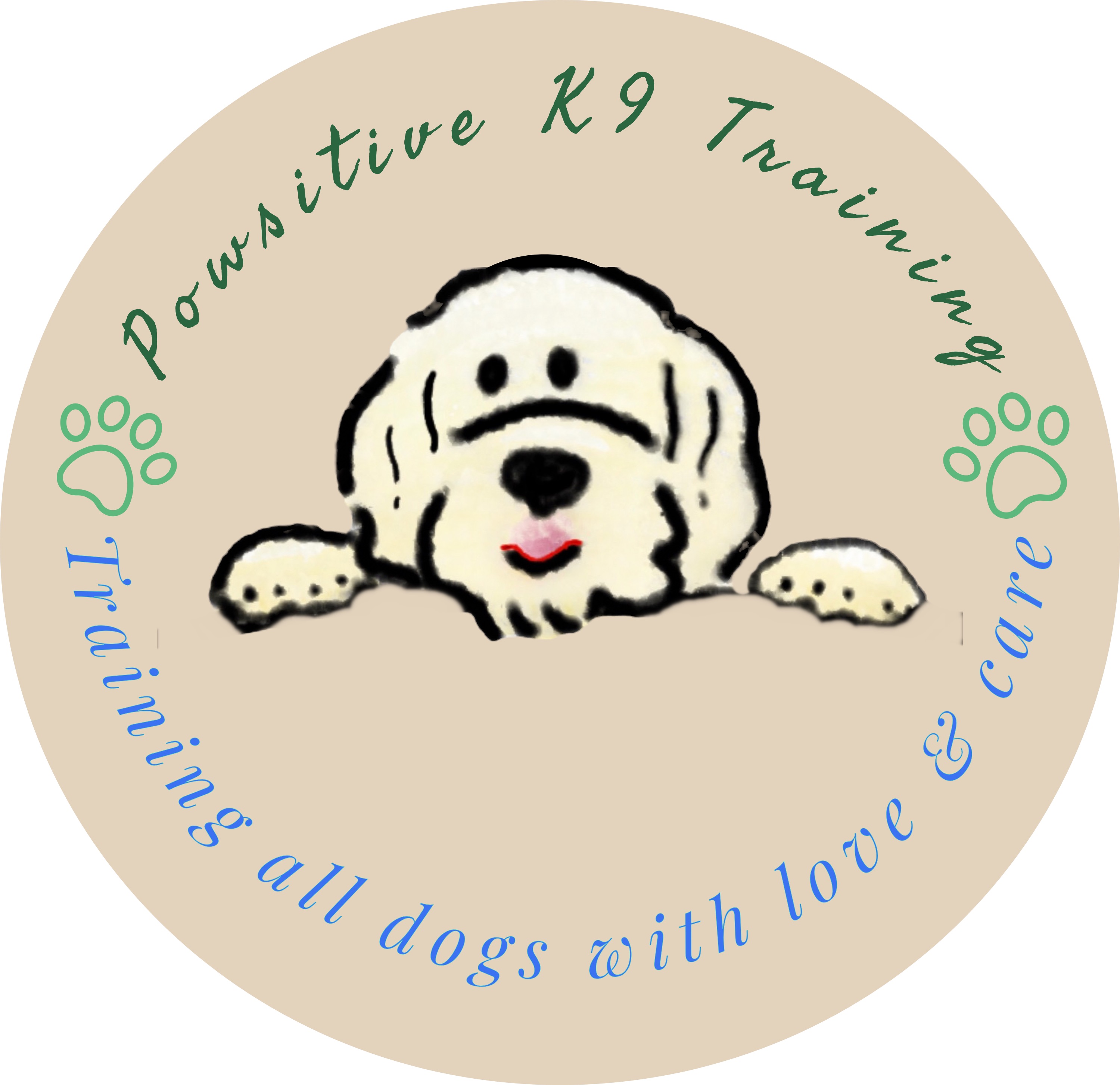Jet-Setting Paws: A Service Dog’s Guide to Airport Behavior
- Powsitive K9 Trainer

- Apr 23, 2024
- 2 min read
Updated: May 8, 2024
Introduction:
Traveling by air with a service dog requires careful planning and preparation to ensure a smooth and stress-free journey for both you and your canine companion. From navigating security checkpoints to boarding the plane and managing in-flight comfort, here are some essential tips for traveling with your service dog.
Remaining Calm and Composed:
When loading onto the airplane, it’s crucial that your service dog remains calm and adjusts quickly to any changes in their environment. Your dog should be sitting on the floor beside you, or if small enough, they can sit on your lap for working purposes. However, they should primarily be at your feet or under the chair during the flight.
Standing in Line and Waiting:
At the airport, your service dog should be able to stand in line beside you or in front of you, maintaining composure and focus. When waiting for the plane, your dog should be able to sit quietly under your chair, ready to move when it’s time to board.
Navigating Security Checkpoints:
When going through TSA security, your service dog should be able to sit and stay calmly while you remove your gear. Your dog should also be prepared to stand while undergoing a pat-down if necessary. Once through the scanner, your dog should heal back at your side until you’re ready to continue.
Handling Distractions:
Your service dog should be trained to stand the sounds of crying babies, misbehaved dogs, rolling bags, and the TSA pat-down process. They should remain focused on their tasks, ignoring external stimuli that might otherwise disrupt their concentration.
Equipment Handling:
Your service dog should be trained to sit and stay while you put on their equipment and pick up yours. They should walk calmly beside you, leash in hand, as you proceed through the airport.
Avoiding Accidents:
Throughout the trip, your service dog should have no accidents and be able to relieve themselves in designated animal relief areas. If the journey is longer than eight hours, it’s wise to carry extra pee pads or diapers in case your dog needs to go.
Conclusion:
Traveling with a service dog can be a rewarding experience, but it requires careful training and preparation to ensure a smooth journey. By following these tips and guidelines, you can navigate airports and flights with ease, knowing that your canine companion is well-trained and prepared for the adventure ahead.


Comments